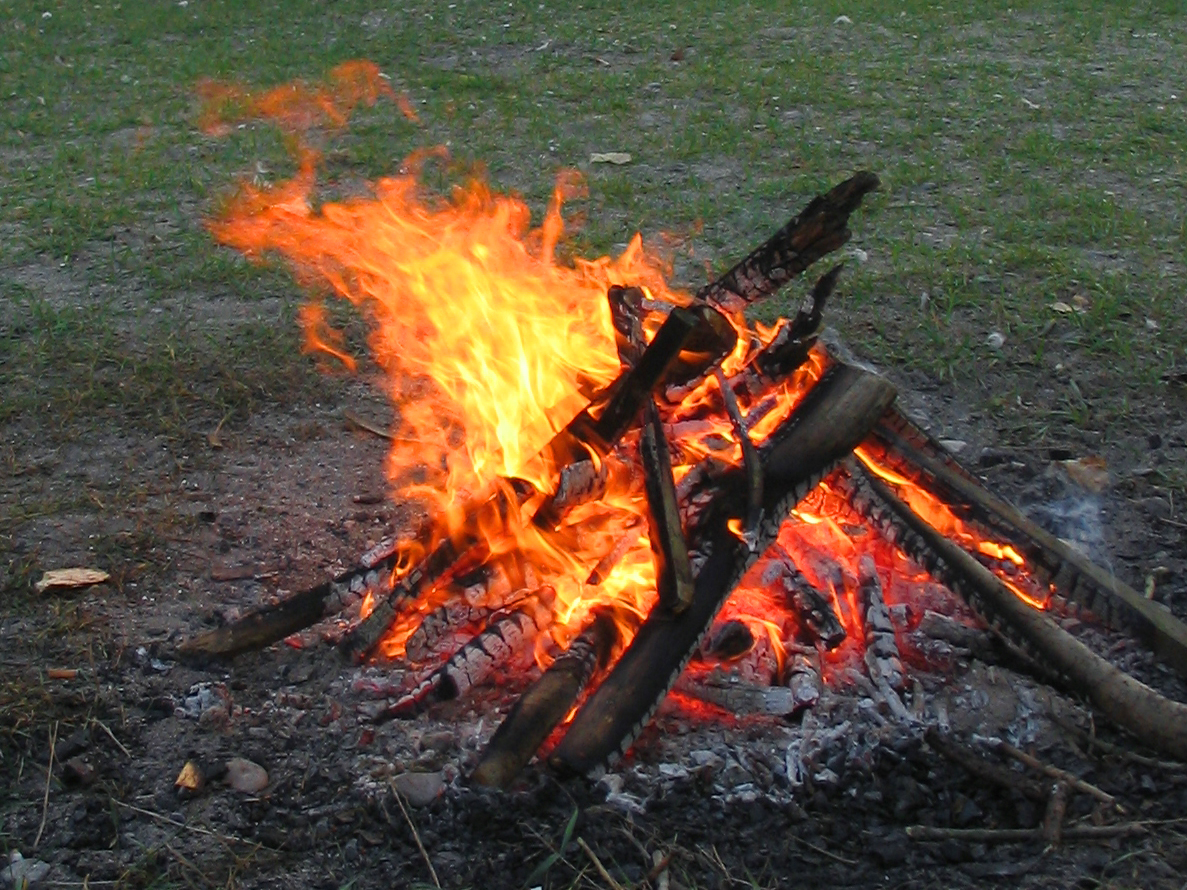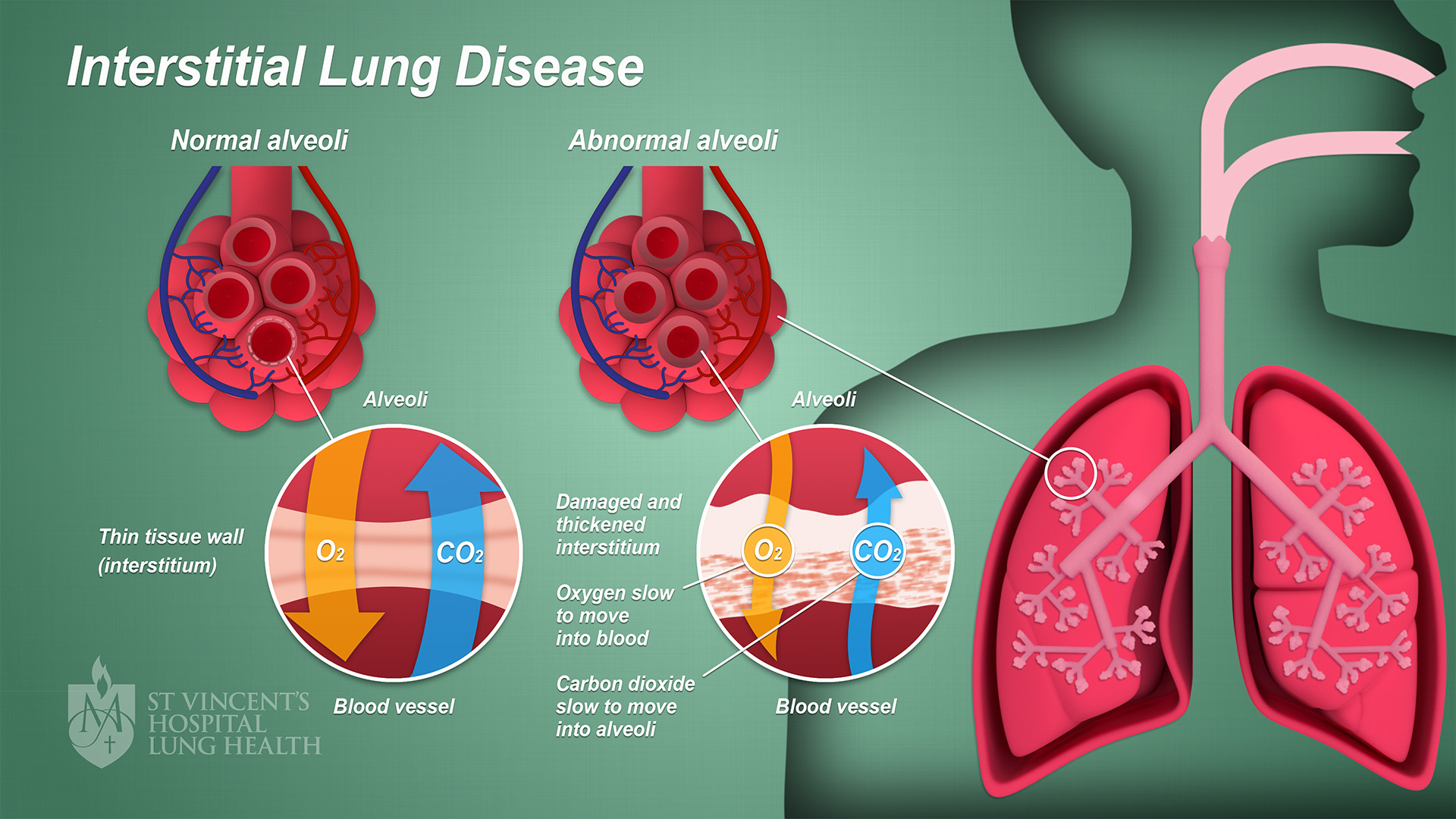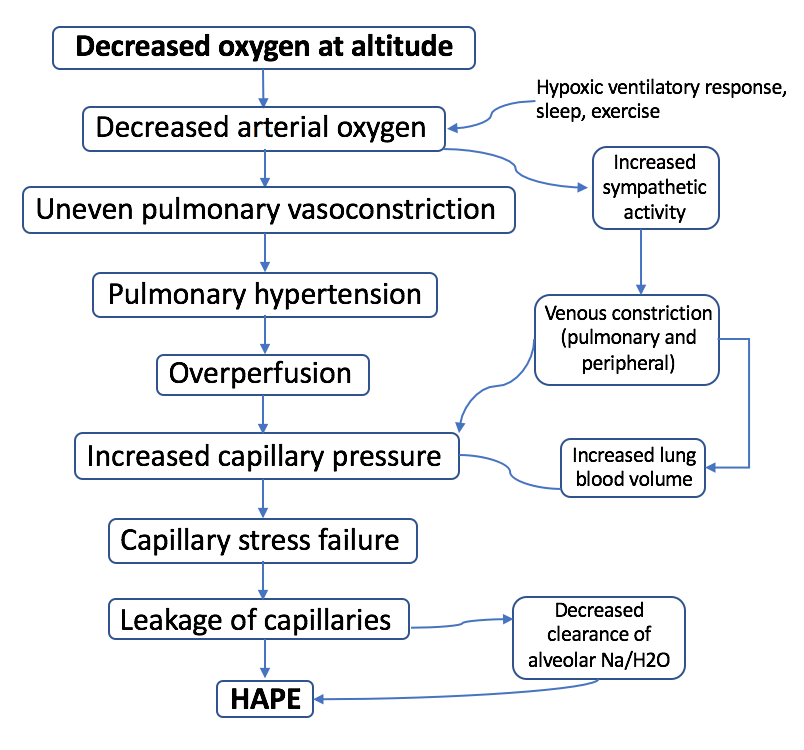|
Crackles
Crackles are the clicking, rattling, or crackling noises that may be made by one or both lungs of a human or animal with a respiratory disease during inhalation, and occasionally during exhalation. They are usually heard only with a stethoscope ("on auscultation"). Pulmonary crackles are abnormal breath sounds that were formerly referred to as rales. ''Bilateral crackles'' refers to the presence of crackles in both lungs. Basal crackles are crackles apparently originating in or near the base of the lung. ''Bibasal crackles'', also called ''bilateral basal crackles'', are crackles heard at the bases of both the left and right lungs. Crackles are caused by the "popping open" of small airways and alveoli collapsed by fluid, exudate, or lack of aeration during expiration. Crackles can be heard in people or animals who have pneumonia, atelectasis, pulmonary fibrosis, acute bronchitis, bronchiectasis, acute respiratory distress syndrome (ARDS), interstitial lung disease or po ... [...More Info...] [...Related Items...] OR: [Wikipedia] [Google] [Baidu] |
Respiratory Sounds
Respiratory sounds, also known as lung sounds or breath sounds, are the specific sounds generated by the movement of air through the respiratory system. These may be easily audible or identified through auscultation of the respiratory system through the lung fields with a stethoscope as well as from the spectral characteristics of lung sounds. These include normal breath sounds and added sounds such as crackles, wheezes, pleural friction rubs, stertor, and stridor. Description and classification of the sounds usually involve auscultation of the inspiratory and expiratory phases of the breath cycle, noting both the pitch (typically described as low (≤200 Hz), medium or high (≥400 Hz)) and intensity (soft, medium, loud or very loud) of the sounds heard. Normal breath sounds Normal breath sounds are classified as vesicular, bronchovesicular, bronchial or tracheal based on the anatomical location of auscultation. Normal breath sounds can also be identified by patt ... [...More Info...] [...Related Items...] OR: [Wikipedia] [Google] [Baidu] |
Crackling Noise
Crackling noise arises when a system is subject to an external force and it responds via events that appear very scale invariant, similar at many different scales. In a classical system there are usually two states, on and off. However, sometimes a state can exist in between. There are three main categories this noise can be sorted into: the first is ''popping'' where events at very similar magnitude occur continuously and randomly, e.g. popcorn; the second is ''snapping'' where there is little change in the system until a critical threshold is surpassed, at which point the whole system flips from one state to another, e.g. snapping a pencil; the third is ''crackling'' which is a combination of popping and snapping, where there are some small and some large events with a relation law predicting their occurrences, referred to as Universality (dynamical systems), universality. Crackling can be observed in many natural phenomena, e.g. crumpling paper, candy wrappers (or other elastic s ... [...More Info...] [...Related Items...] OR: [Wikipedia] [Google] [Baidu] |
Pulmonary Fibrosis
Pulmonary fibrosis is a condition in which the lungs become scarred over time. Symptoms include shortness of breath, a dry cough, feeling tired, weight loss, and nail clubbing. Complications may include pulmonary hypertension, respiratory failure, pneumothorax, and lung cancer. Causes include environmental pollution, certain medications, connective tissue diseases, infections, and interstitial lung diseases. But in most cases the cause is unknown ( idiopathic pulmonary fibrosis). Diagnosis may be based on symptoms, medical imaging, lung biopsy, and lung function tests. No cure exists and treatment options are limited. Treatment is directed toward improving symptoms and may include oxygen therapy and pulmonary rehabilitation. Certain medications may slow the scarring. Lung transplantation may be an option. At least 5 million people are affected globally. Life expectancy is generally less than five years. Signs and symptoms Symptoms of pulmonary fibrosis are ... [...More Info...] [...Related Items...] OR: [Wikipedia] [Google] [Baidu] |
Interstitial Lung Disease
Interstitial lung disease (ILD), or diffuse parenchymal lung disease (DPLD), is a group of respiratory diseases affecting the interstitium (the tissue) and space around the alveoli (air sacs) of the lungs. It concerns alveolar epithelium, pulmonary capillary endothelium, basement membrane, and perivascular and perilymphatic tissues. It may occur when an injury to the lungs triggers an abnormal healing response. Ordinarily, the body generates just the right amount of tissue to repair damage, but in interstitial lung disease, the repair process is disrupted, and the tissue around the air sacs (alveoli) becomes scarred and thickened. This makes it more difficult for oxygen to pass into the bloodstream. The disease presents itself with the following symptoms: shortness of breath, nonproductive coughing, fatigue, and weight loss, which tend to develop slowly, over several months. The average rate of survival for someone with this disease is between three and five years. The term IL ... [...More Info...] [...Related Items...] OR: [Wikipedia] [Google] [Baidu] |
Auscultation
Auscultation (based on the Latin verb ''auscultare'' "to listen") is listening to the internal sounds of the body, usually using a stethoscope. Auscultation is performed for the purposes of examining the circulatory system, circulatory and respiratory systems (heart sounds, heart and breath sounds), as well as the alimentary canal. The term was introduced by René Laennec. The act of listening to body sounds for diagnostic purposes has its origin further back in history, possibly as early as Ancient Egypt. Auscultation and palpation go together in physical examination and are alike in that both have ancient roots, both require skill, and both are still important today. Laënnec's contributions were refining the procedure, linking sounds with specific pathological changes in the chest, and inventing a suitable instrument (the stethoscope) to mediate between the patient's body and the clinician's ear. Auscultation is a skill that requires substantial clinical experience, a fine ... [...More Info...] [...Related Items...] OR: [Wikipedia] [Google] [Baidu] |
Pneumonia
Pneumonia is an Inflammation, inflammatory condition of the lung primarily affecting the small air sacs known as Pulmonary alveolus, alveoli. Symptoms typically include some combination of Cough#Classification, productive or dry cough, chest pain, fever, and Shortness of breath, difficulty breathing. The severity of the condition is variable. Pneumonia is usually caused by infection with viruses or bacteria, and less commonly by other microorganisms. Identifying the responsible pathogen can be difficult. Diagnosis is often based on symptoms and physical examination. Chest X-rays, blood tests, and Microbiological culture, culture of the sputum may help confirm the diagnosis. The disease may be classified by where it was acquired, such as community- or hospital-acquired or healthcare-associated pneumonia. Risk factors for pneumonia include cystic fibrosis, chronic obstructive pulmonary disease (COPD), sickle cell disease, asthma, diabetes, heart failure, a history of smoking, ... [...More Info...] [...Related Items...] OR: [Wikipedia] [Google] [Baidu] |
Clicking Noise
A click is a sonic artifact in sound and Record producer, music production, characteristically Dirac delta function, impulse-like, that is to say, almost instantaneous, sharp, aharmonic sound. Analog recording artifact On magnetic tape recordings, clicks can occur when switching from magnetic play to record in order to correct recording errors and when recording a track in sections. On Phonograph record, phonograph records, clicks are perceived in various ways by the listener, ranging from tiny 'tick' noises which may occur in any recording medium through 'Scratching, scratch' and 'Impulse noise (acoustics), crackle' noise commonly associated with Analog signal processing, analog disc recording methods. Analog clicks can occur due to dirt and dust on the grooves of the vinyl record or granularity in the material used for its manufacturing, or through damage to the disc from scratches on its surface. Digital recording artifact In digital recording, clicks (not to be confused ... [...More Info...] [...Related Items...] OR: [Wikipedia] [Google] [Baidu] |
Pulmonary Edema
Pulmonary edema (British English: oedema), also known as pulmonary congestion, is excessive fluid accumulation in the tissue or air spaces (usually alveoli) of the lungs. This leads to impaired gas exchange, most often leading to shortness of breath ( dyspnea) which can progress to hypoxemia and respiratory failure. Pulmonary edema has multiple causes and is traditionally classified as cardiogenic (caused by the heart) or noncardiogenic (all other types not caused by the heart). Various laboratory tests ( CBC, troponin, BNP, etc.) and imaging studies (chest x-ray, CT scan, ultrasound) are often used to diagnose and classify the cause of pulmonary edema. Treatment is focused on three aspects: * improving respiratory function, * treating the underlying cause, and * preventing further damage and allow full recovery to the lung. Pulmonary edema can cause permanent organ damage, and when sudden (acute), can lead to respiratory failure or cardiac arrest due to hypoxia ... [...More Info...] [...Related Items...] OR: [Wikipedia] [Google] [Baidu] |
High-altitude Pulmonary Edema
High-altitude pulmonary edema (HAPE) is a life-threatening form of non-cardiogenic pulmonary edema that occurs in otherwise healthy people at altitudes typically above . HAPE is a severe presentation of altitude sickness. Cases have also been reported between in people who are at a higher risk or are more vulnerable to the effects of high altitude. Classically, HAPE occurs in persons normally living at low altitude who travel to an altitude above . Re-entry HAPE is also an entity that has been described in persons who normally live at high altitude but who develop pulmonary edema after returning from a stay at low altitude. If HAPE is not treated, there is a 50% risk of mortality. Symptoms include crackling sounds when breathing, dyspnea (at rest), and cyanosis. There are many factors that can make a person more susceptible to developing HAPE, including genetic factors. The understanding of the risk factors and how to prevent HAPE is not clear. HAPE remains the major cause of ... [...More Info...] [...Related Items...] OR: [Wikipedia] [Google] [Baidu] |
Congestive Heart Failure
Heart failure (HF), also known as congestive heart failure (CHF), is a syndrome caused by an impairment in the heart's ability to fill with and pump blood. Although symptoms vary based on which side of the heart is affected, HF typically presents with shortness of breath, excessive fatigue, and bilateral leg swelling. The severity of the heart failure is mainly decided based on ejection fraction and also measured by the severity of symptoms. Other conditions that have symptoms similar to heart failure include obesity, kidney failure, liver disease, anemia, and thyroid disease. Common causes of heart failure include coronary artery disease, heart attack, high blood pressure, atrial fibrillation, valvular heart disease, excessive alcohol consumption, infection, and cardiomyopathy. These cause heart failure by altering the structure or the function of the heart or in some cases both. There are different types of heart failure: right-sided heart failure, which affect ... [...More Info...] [...Related Items...] OR: [Wikipedia] [Google] [Baidu] |
Ablation
Ablation ( – removal) is the removal or destruction of something from an object by vaporization, chipping, erosion, erosive processes, or by other means. Examples of ablative materials are described below, including spacecraft material for ascent and atmospheric reentry, ice and snow in glaciology, biological tissues in medicine and passive fire protection materials. Artificial intelligence In artificial intelligence (AI), especially machine learning, Ablation (artificial intelligence), ablation is the removal of a component of an AI system. The term is by analogy with biology: removal of components of an organism. Biology Biological ablation is the removal of a biological structure or functionality. Genetic ablation is another term for gene silencing, in which gene expression is abolished through the alteration or deletion of genetic sequence information. In cell ablation, individual cells in a population or culture are destroyed or removed. Both can be used as experimen ... [...More Info...] [...Related Items...] OR: [Wikipedia] [Google] [Baidu] |








